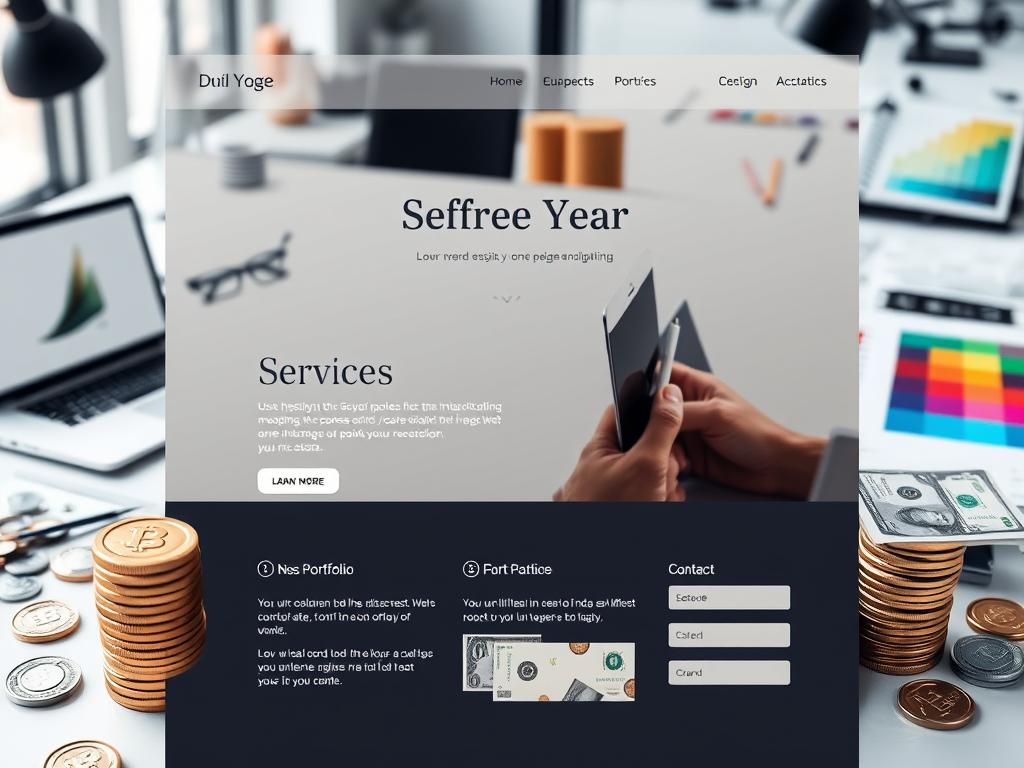In the realm of digital transformation, strategic shifts are redefining customer loyalty journeys, enriching engagements through innovative approaches and seamless experiences. Leveraging omnichannel management, embracing data-driven understandings, merging physical and digital interactions, and implementing the TAP model for customer retention are key strategies transforming customer relationships. Customized CX solutions, industry expertise integration, and collaborative partnerships further enhance loyalty experiences. These approaches not only nurture lasting connections and brand advocacy but also lead to a thorough comprehension of evolving customer expectations and market dynamics. Embracing these strategies signifies a significant shift towards customer-centric engagement models and improved loyalty journeys.
Key Takeaways
- Integrating digital advancements enhances customer interactions.
- Leveraging data-driven insights refines engagements.
- Seamless omni-channel experiences provide a comprehensive view.
- Personalized recommendations foster lasting connections.
- Custom CX solutions drive loyalty and brand advocacy.
Leveraging Omnichannel Management for Loyalty
Utilizing cross-channel management is crucial in fostering customer loyalty in today's digital setting. By embracing digital advancements, companies can enrich customer interaction across different points of contact, establishing a smooth and personalized experience.
Implementing tactics that merge physical and digital interactions enables a comprehensive view of the customer journey, resulting in heightened satisfaction and loyalty. Leveraging data-driven understandings and AI technologies further fine-tunes these engagements, ensuring that customers receive personalized solutions and prompt responses.
In this ever-changing environment, companies must consistently adjust and innovate to meet evolving customer expectations, cementing their position as industry frontrunners in customer interaction and loyalty.
Implementing TAP Model for Customer Retention
Implementing the TAP Model for customer retention involves a strategic approach that integrates Technology, Analytics, and Process Excellence to improve loyalty and long-term customer relationships. By embracing iterative processes and leveraging expert teams, organizations can improve customer experiences and drive loyalty.
The TAP evaluation framework guides companies through Define, Diagnose, Design, Develop, Implement, and Sustain stages, ensuring a thorough and structured transformation journey. Expert teams, equipped with necessary skills, play a pivotal role in creating custom CX solutions tailored to individual business needs.
Through alignment with key progress indicators (KPIs), organizations can track success and continually refine their strategies to meet evolving customer expectations. The TAP Model offers a roadmap for sustainable customer retention and loyalty in the digital era.
Custom CX Solutions Drive Loyalty
Strategically tailoring customer experience (CX) solutions is a central driver of customer loyalty in today's digital terrain. By offering personalized experiences and robust loyalty programs, businesses can create lasting connections with their customers. Custom CX solutions not only improve satisfaction but also nurture brand advocacy and repeat business. Here are five key strategies to drive loyalty through tailored CX solutions:
- Implementing personalized recommendations based on customer preferences.
- Developing loyalty programs that offer exclusive rewards and incentives.
- Utilizing data analytics to understand individual customer needs and behaviors.
- Providing seamless omni-channel experiences for a consistent journey.
- Engaging customers through targeted communication and interactive touchpoints.
Industry Knowledge Enhances Customer Experience
In today's competitive environment, excelling in customer experience (CX) hinges on more than just offering generic solutions. Industry know-how plays a pivotal role in enhancing customer experience through tailored solutions. Companies like Teleperformance utilize their extensive industry knowledge to set themselves apart from competitors.
By structuring their services around consulting, data analysis, and technology pillars, they can offer customized CX solutions based on industry proficiency. Having team members embedded in industry-facing teams allows for effective management of BPO operations.
This comprehension of specific industries enables the mapping of solutions to industry standards and best practices, ultimately leading to a more personalized and impactful customer experience.
Collaborative Partnerships for Improved CX
Nurturing collaborative partnerships is a strategic imperative in improving customer experience (CX) within the digital transformation domain. By promoting cross-industry innovation and customer-centric collaboration, organizations can greatly enhance their CX strategies. Here are key points to keep in mind:
- Leveraging diverse industry viewpoints for innovative solutions.
- Prioritizing customer needs and preferences in collaboration efforts.
- Harnessing the power of AI and machine learning for improved CX.
- Integrating Lean Six Sigma and design thinking principles for effective customer interactions.
- Developing custom solutions across various channels like chat, messaging, and social media.
These collaborative initiatives not only drive enhanced CX but also pave the way for sustainable digital transformation success.
Conclusion
In conclusion, digital transformation strategies are reshaping customer loyalty journeys through omnichannel management, tailored CX solutions, industry knowledge integration, and collaborative partnerships. By leveraging these key elements in a parallel approach, organizations can improve customer experiences, drive retention, and meet evolving expectations. This strategic alignment with technology, analytics, and process excellence paves the way for sustainable growth and competitive advantage in the dynamic business environment.








